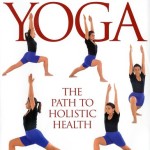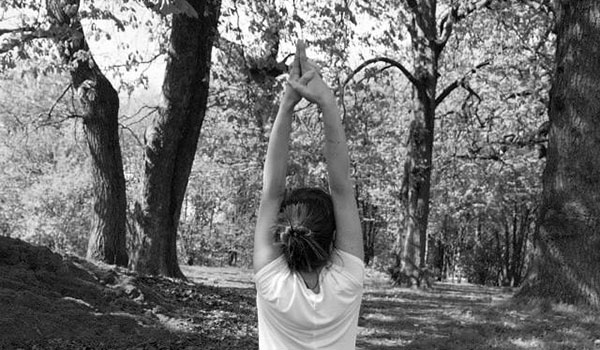It’s been a few weeks now since I signed up to do my Yoga Diploma teacher training course with Yoga Professionals & YMCA Fit. As part of the 500 hour course, I have to complete a yoga journal showing 60 hours of yoga practice which I’ve found so far to be really useful.
Practising Sivananda Yoga
For the last three years I’ve been practising Sivananda Yoga — a traditional form of Hatha Yoga where asanas are often held for over 3 minutes at a time, and there’s 20 minutes of pranayama exercises before the asanas begin. In this time, I also practised Bikram Yoga for 6 weeks. The similarity with both of these practises is that the sequence of asanas is often the same or very similar each class.
When I first discovered Sivananda Yoga in an ashram in Tamil Nadu, India, I loved it and found the practice challenging yet incredibly relaxing and I’d leave each class feeling clear headed and light. I still find this. However, I miss that element of surprise and creativity.
First introduction to yoga
I first discovered Yoga in 2001 after my parents bought me a book by B.K.S Iyengar for my 15th birthday. I’d simply just mix and match asanas and create my own sequences from the book and loved that there was no right or wrong — I could just practice in my own time and do what felt right, intuitively listening to my body.
Keeping a yoga journal
Writing and paying close attention to my Yoga practice over the last few weeks has been an interesting exercise and I’ve come to the conclusion that I need more variety and creativity again. I’d find myself writing similar things about each Sivananda class. So although I’ve seen such a massive improvement over the last three years, I feel it’s time to mix things up a bit. It won’t stop me going to Sivananda classes (I really like the yoga centre in Putney), I just want to branch out.
Change, variation and creativity in yoga
So, this evening, I tried a Vinyasa Flow Level 3 class at Jiva Yoga in Earlsfield, just around the corner from where I live. The new sequence and the continuous flow of asanas made my body incredibly warm and gave me a lot of energy, plus the teacher Tish was great. The change also really helped me to focus more so than usual and the whole practice felt challenging yet really natural.
This evening, I’ve come to the conclusion, and I know there will be lots of people who disagree, but I really think variation and a bit of creativity within yoga is so important. I haven’t yet completed the 180 hours of physiology and anatomy training yet, so I’m in no position to say that repeating the same set of asanas over and over again is bad for you, but surely varying your sequences and continuously introducing new asanas to your practice has to be healthier for you in the long run? But feel free to disagree!
As for creativity, after attending the first weekend of my meditation teacher training which is incredibly creative, it made me realise how important this quality is in yoga too.
During one meditation on the course, we listened to piano music, poetry and then were asked to write our own poems or streams of consciousness afterwards. I’m not suggesting I start introducing poetry and pianos to my Yoga practice, but it made me realise that the potential within yoga and meditation is huge and sticking with the same set sequence for another few years seems a bit restrictive.
In some respects, I’ve been in a bit of a Yoga bubble and it’s time to push my practice a further — next time with Ashtanga and Mysore Yoga, more meditation and maybe even a bit of a circus element.
Photography by my talented and creative friend Hannah Chapman
If you found this article useful, please share it and support ThoughtBrick by liking our Facebook page and subscribing to the ThoughtBrick blog

